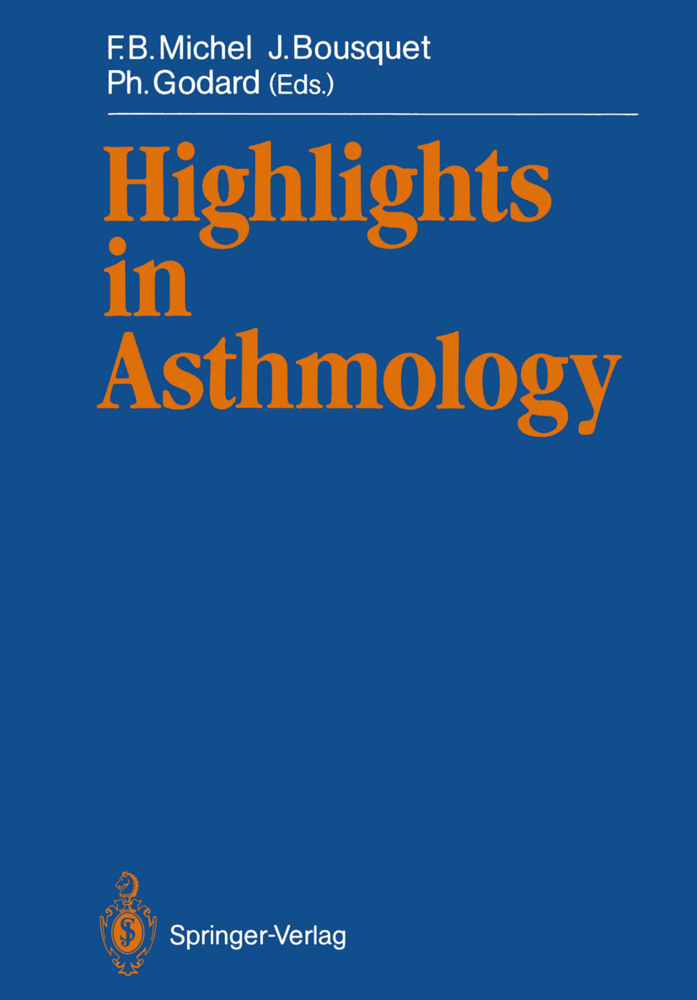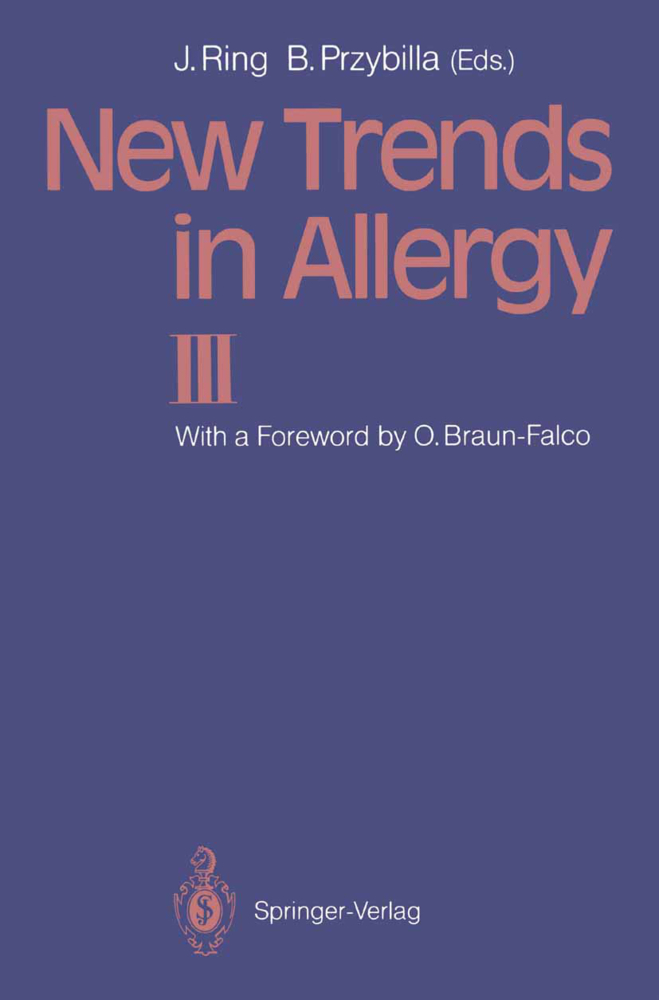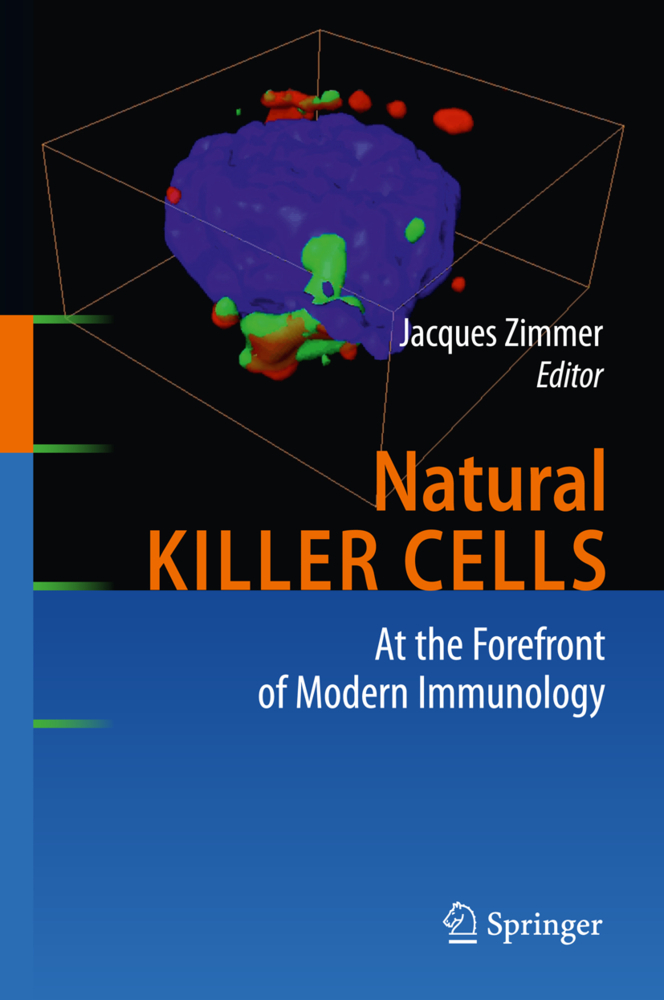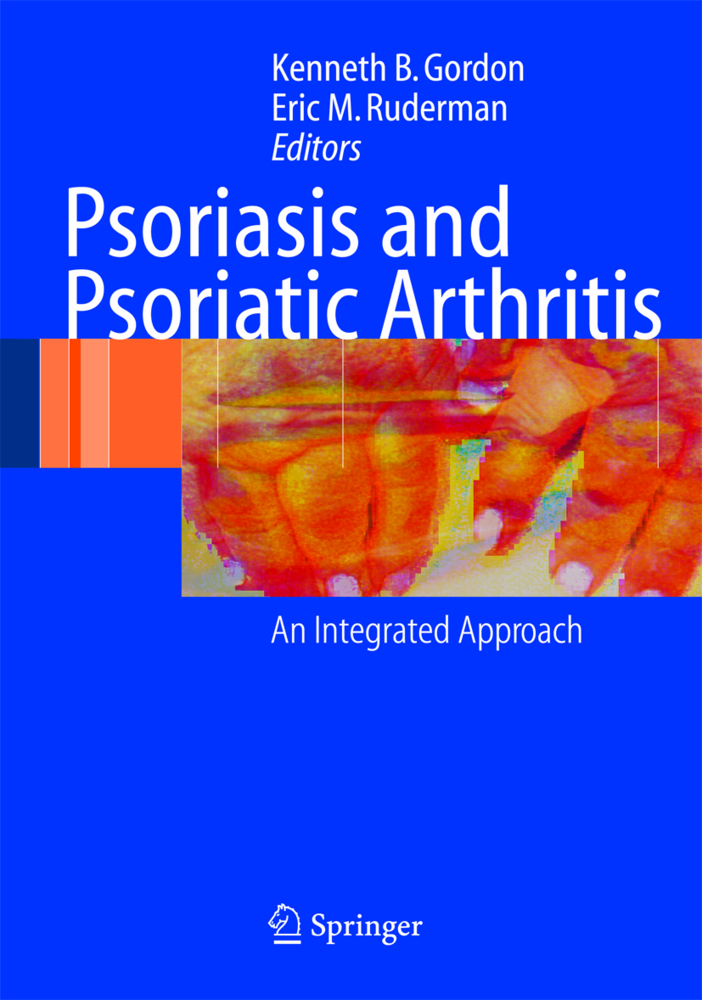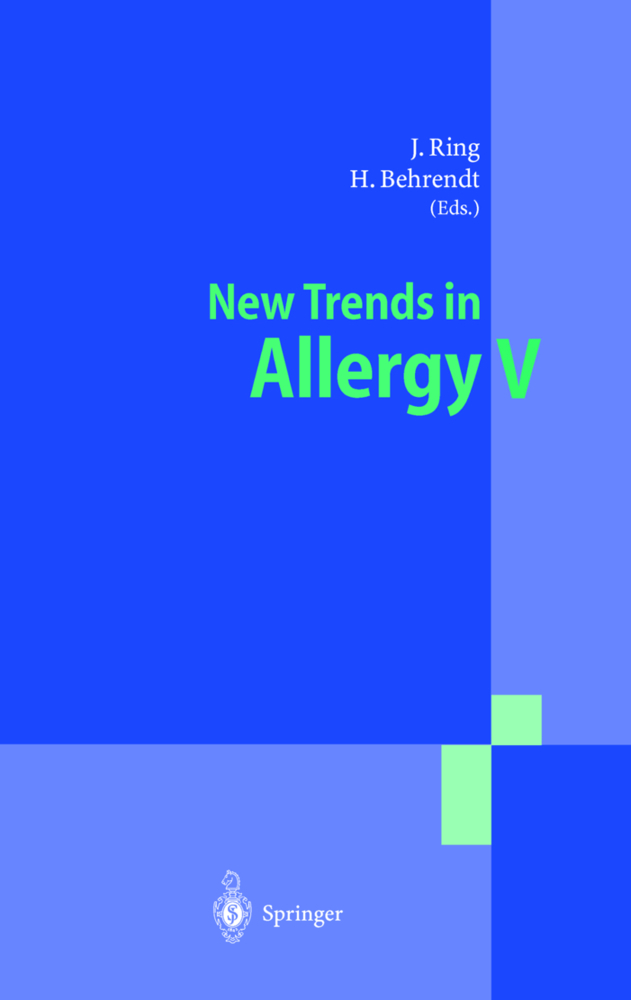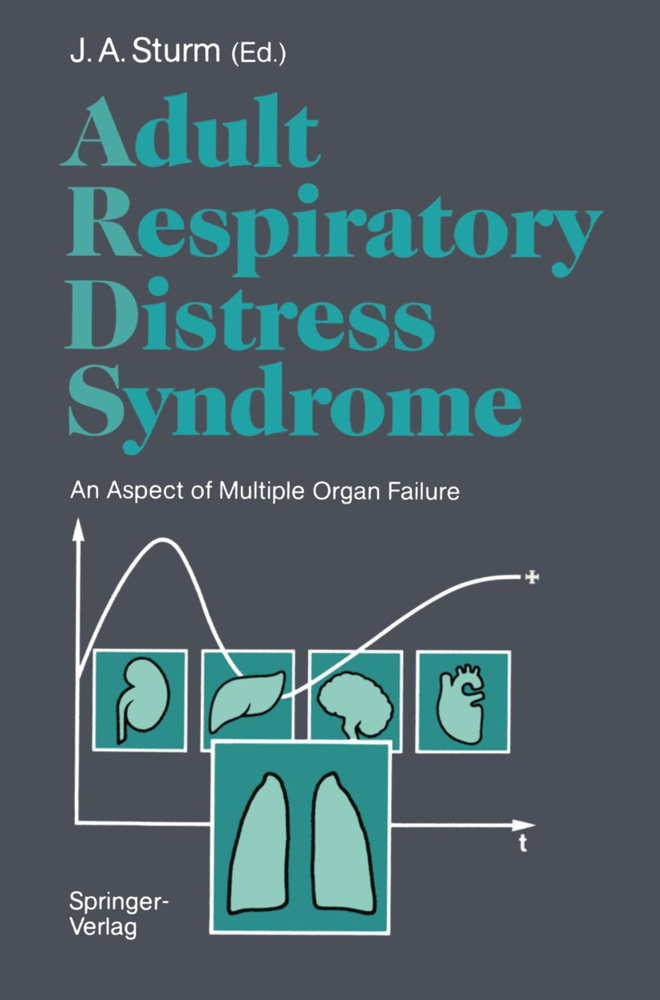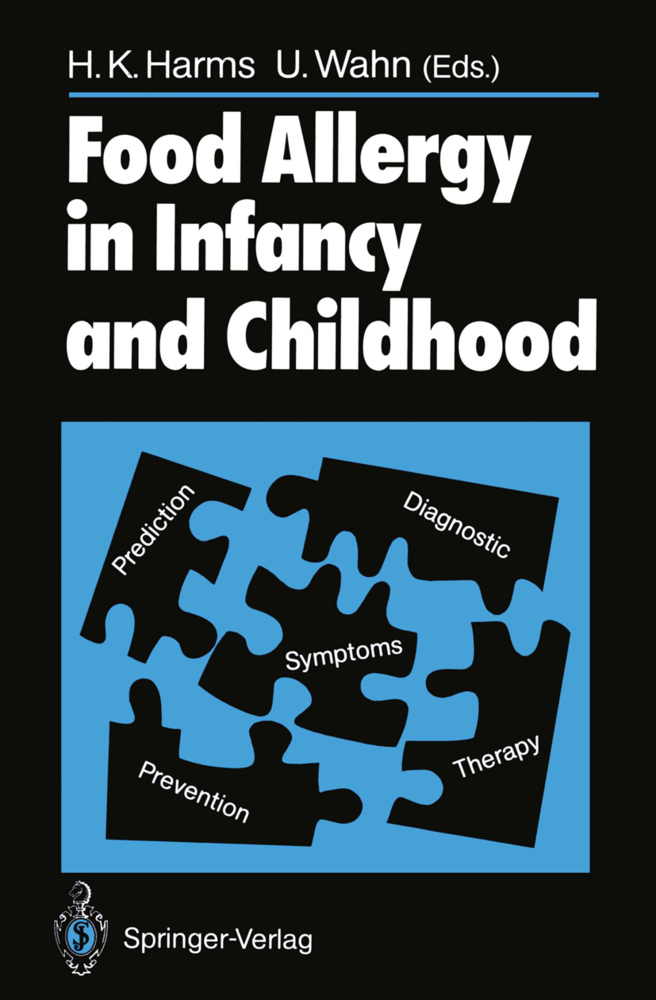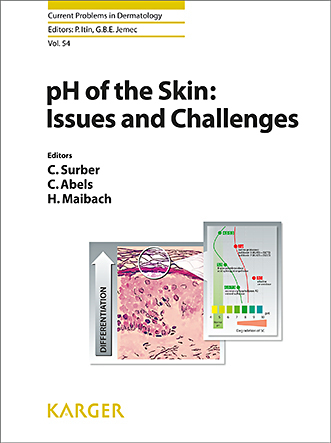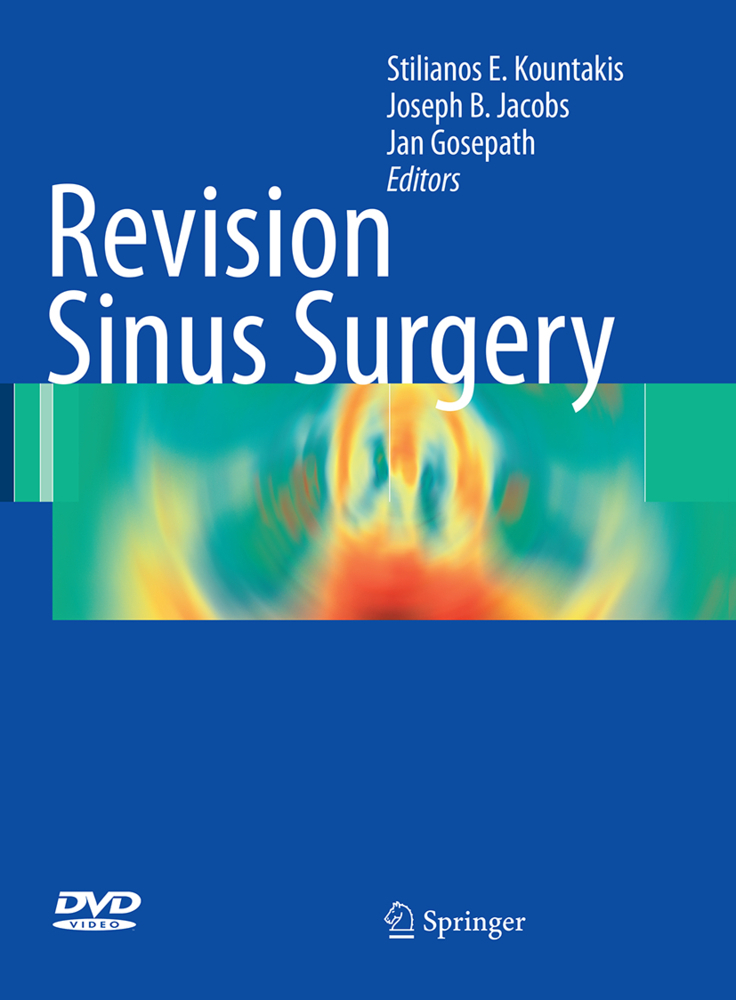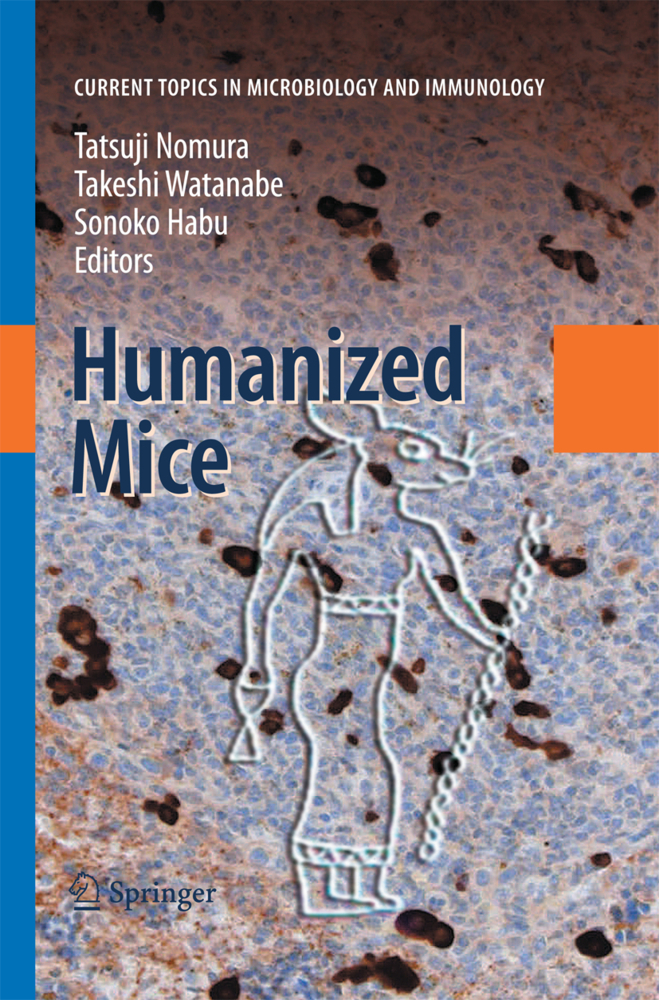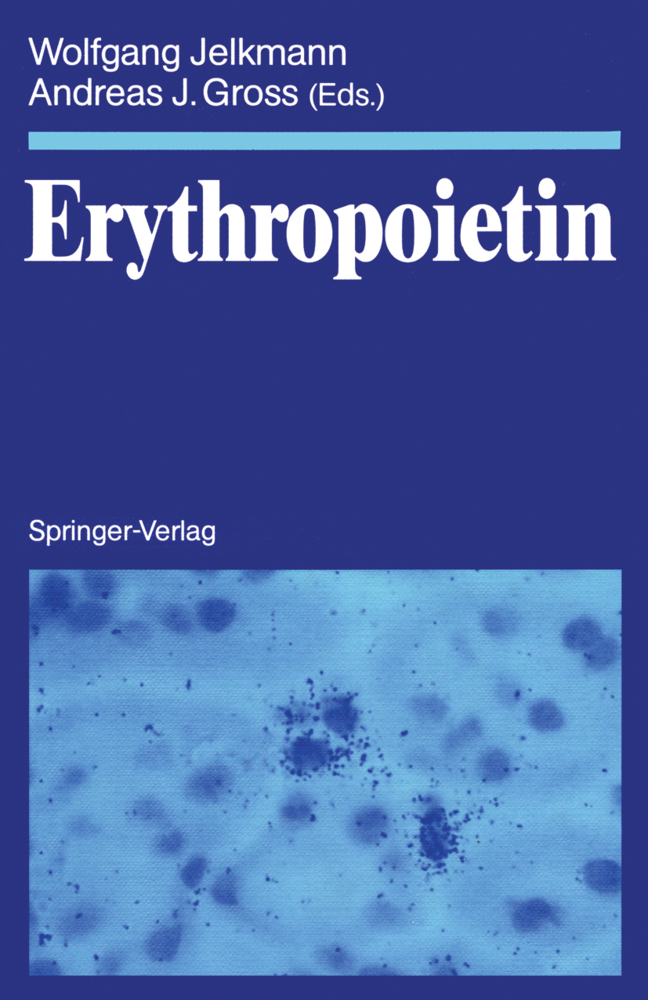Highlights in Asthmology
Highlights in Asthmology
F. B. Michel Asthmology is the neologism I suggested for ideas which were acceptable at the begin the title of a book published in 1981 on ning of the 20th century, and in particular bronchial asthma [4,5]. to Pasteur's concept of "one cause, one ill ness", many syndromes like high blood Among a certain number of scientific pressure or asthma are the result of the publications on this subject, it is one of the overlapping of hereditary factors and ac few suggestions that I have the weakness to quired factors. This is one reason why asth feel somewhat proud of. In fact, this word has had the career I hoped it would and, ma is not really an illness in the real sense judging by the frequency with which it is of the word but, a clinical and functional respiratory syndrome [1]. used in both written and spoken language, it did answer a need. I had no intention of The innate, the "terrain", transmitted by suggesting one more neologism but it heredity, can possibly concern two factors: seemed to me that the word asthmology The bronchial hyperreactivity factor (BHR), had an element of novelty and, above all, is often present in early childhood and its produced the necessary awareness of the reality is a result of the studies of large need to bring together, within a kind of groups of homo- and heterozygotic twins.
2. Natural History of Asthma
B. Epidemiology
3. Epidemiology of Bronchial Asthma
4. Genetic Factors of Allergy
5. Changing Prevalence of Asthma in Developing Countries
C. Etiology
6. Viruses
7. Allergic Bronchopulmonary Aspergillosis
8. Bacterial Asthma
9. Exercise-induced Asthma: Clinical Aspects
10. Asthma and Gastroesophageal Reflux
D. Immunology
11. The IgE Receptors (Introduction)
12. Immunological Mechanisms
13. Mechanisms of IgE-mediated Immediate Reactions
14. Properties of Short-term Sensitizing IgG Antibodies (IgG S-TS) in Asthma
15. The Role of Lymphocytes and of their Abnormalities in Atopic Diseases
16. Delayed-type Hypersensitivity Responses to Inhalant Allergens: a Form of Cutaneous Basophil Hypersensitivity (CBH)
E. Mediator Release and Bronchial Obstruction
17. Physiological and Pharmacological Control of Inflammatory Mediator Release in Bronchial Asthma
18. Mast Cells and Basophils
19. Alveolar Macrophages
20. Neutrophils and the Asthmatic Response
21. Eosinophils in Bronchial Asthma
22. Mediators of Asthma Derived from Arachidonic Acid
23. PAF-acether (Platelet Activating Factor)
24. Immediate-type Reactions
25. Late Phase Reactions
F. Bronchial Pathophysiology
26. Bronchi of Asthmatic Patients
27. The Site of Bronchial Obstruction in Asthma
28. Factors in Bronchial Hyperreactivity
29. Bronchial Hyperreactivity: Autonomie Nervous System Abnormalities
30. Bronchial Hyperresponsiveness and Asthma: Unanswered Questions
G. Asthma due to Allergy Occupation, Food and Drugs
31. Preparation and Stability of Pollen Extracts
32. Allergen Standardization
33. Allergen Avoidance
34. Allergens Inducing Asthma (Introduction)
35. Agricultural Asthma
36. Investigation of Occupational Asthma due to Low Molecular Weight Agents
37. Occupational Asthma
38. Food-related Asthma
39. Drug-induced Asthma
H. Clinical Features and Diagnosis in Children and Adults
40. Clinical Aspects of Asthma
41. Asthma in Childhood
42. Diagnosis of Asthma in Childhood
43. Treatment of Childhood Asthma
44. Asthma in Adults
45. Skin Tests
46. Diagnostic Value of IgE in Bronchial Asthma
47. Pulmonary Function Tests in Asthma
48. Bronchial Provocation Tests
49. Status Asthmaticus
I. Therapeutic Considerations
50. Physiopathological Data for the Treatment of Bronchial Asthma
51. Possible Therapeutic Developments.
A. Introduction
1. Preface2. Natural History of Asthma
B. Epidemiology
3. Epidemiology of Bronchial Asthma
4. Genetic Factors of Allergy
5. Changing Prevalence of Asthma in Developing Countries
C. Etiology
6. Viruses
7. Allergic Bronchopulmonary Aspergillosis
8. Bacterial Asthma
9. Exercise-induced Asthma: Clinical Aspects
10. Asthma and Gastroesophageal Reflux
D. Immunology
11. The IgE Receptors (Introduction)
12. Immunological Mechanisms
13. Mechanisms of IgE-mediated Immediate Reactions
14. Properties of Short-term Sensitizing IgG Antibodies (IgG S-TS) in Asthma
15. The Role of Lymphocytes and of their Abnormalities in Atopic Diseases
16. Delayed-type Hypersensitivity Responses to Inhalant Allergens: a Form of Cutaneous Basophil Hypersensitivity (CBH)
E. Mediator Release and Bronchial Obstruction
17. Physiological and Pharmacological Control of Inflammatory Mediator Release in Bronchial Asthma
18. Mast Cells and Basophils
19. Alveolar Macrophages
20. Neutrophils and the Asthmatic Response
21. Eosinophils in Bronchial Asthma
22. Mediators of Asthma Derived from Arachidonic Acid
23. PAF-acether (Platelet Activating Factor)
24. Immediate-type Reactions
25. Late Phase Reactions
F. Bronchial Pathophysiology
26. Bronchi of Asthmatic Patients
27. The Site of Bronchial Obstruction in Asthma
28. Factors in Bronchial Hyperreactivity
29. Bronchial Hyperreactivity: Autonomie Nervous System Abnormalities
30. Bronchial Hyperresponsiveness and Asthma: Unanswered Questions
G. Asthma due to Allergy Occupation, Food and Drugs
31. Preparation and Stability of Pollen Extracts
32. Allergen Standardization
33. Allergen Avoidance
34. Allergens Inducing Asthma (Introduction)
35. Agricultural Asthma
36. Investigation of Occupational Asthma due to Low Molecular Weight Agents
37. Occupational Asthma
38. Food-related Asthma
39. Drug-induced Asthma
H. Clinical Features and Diagnosis in Children and Adults
40. Clinical Aspects of Asthma
41. Asthma in Childhood
42. Diagnosis of Asthma in Childhood
43. Treatment of Childhood Asthma
44. Asthma in Adults
45. Skin Tests
46. Diagnostic Value of IgE in Bronchial Asthma
47. Pulmonary Function Tests in Asthma
48. Bronchial Provocation Tests
49. Status Asthmaticus
I. Therapeutic Considerations
50. Physiopathological Data for the Treatment of Bronchial Asthma
51. Possible Therapeutic Developments.
Michel, F. B.
Bousquet, J.
Godard, P.
| ISBN | 978-3-642-70318-8 |
|---|---|
| Medientyp | Buch |
| Copyrightjahr | 2011 |
| Verlag | Springer, Berlin |
| Umfang | XVI, 453 Seiten |
| Sprache | Englisch |

